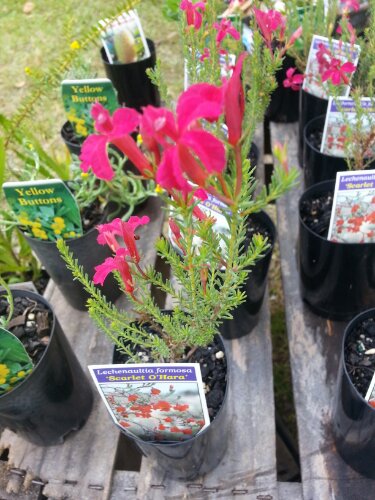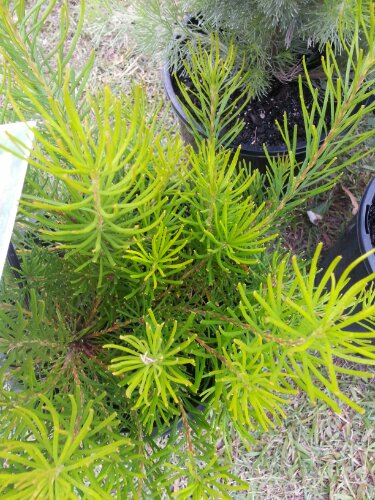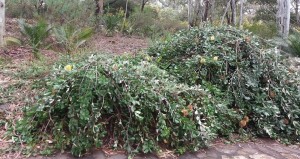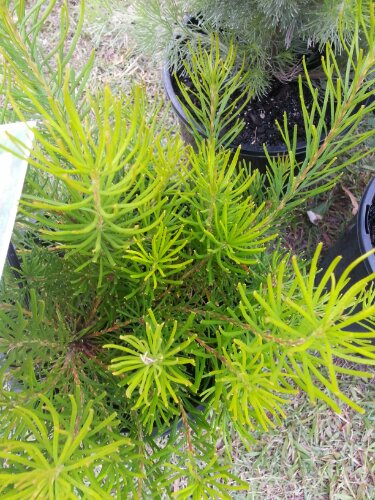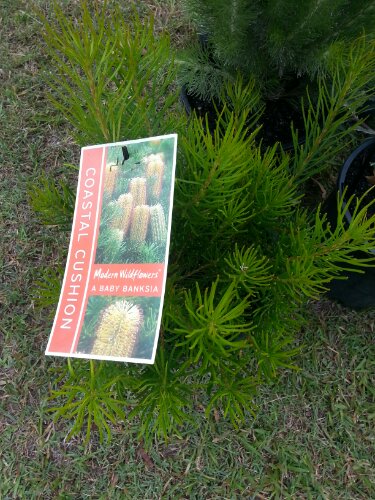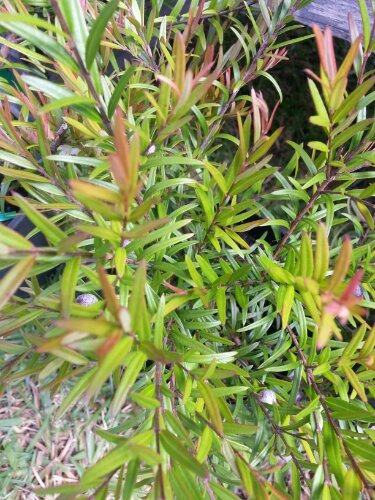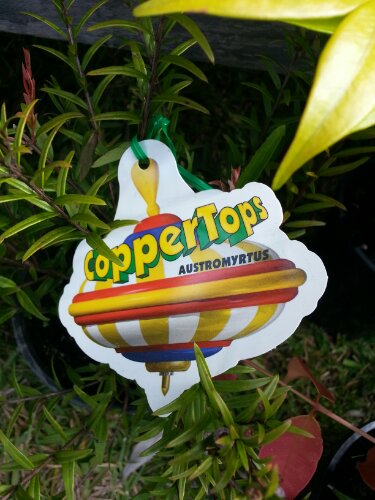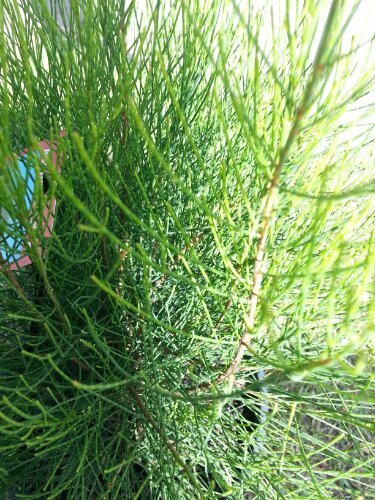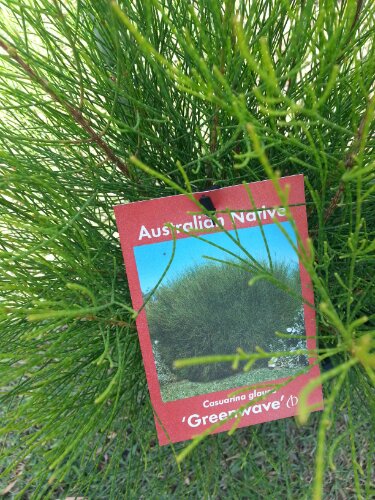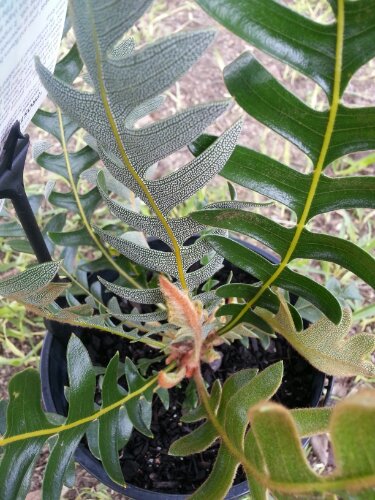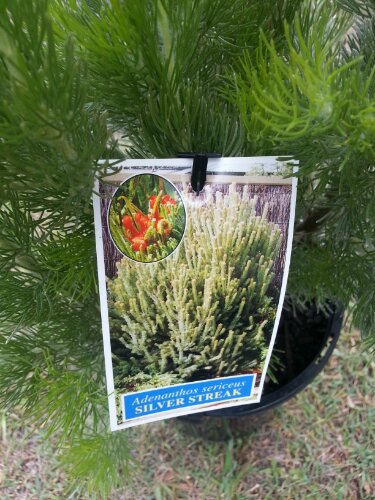The history of the lawn is fascinating, especially the development of large tracks of land specifically planted with turf for the wealthy
to view all of their lands, and with large lawns meant large tracks of land requiring maintenance. So those who did have large estates
with lawn automatically meant that they had the finances to keep not just the lawn clipped, but could afford for no food production to
be required on this land. The advent of the lawnmower in 1830 changed the manual scything and cutting labour intensive work, for
the middle class to emerge with their own smaller version of the grand manor and or estate house.
The large English estates were very attractive to other countries and Holland was equally impressed by the aesthetic nature of the
space and vastness of the large lawn. In India, the English established large lawns to offer the garrison good visibility from possible
unwelcome visitors, and these vast lawns were eventually taken back by the local Indians due to a housing demand.
In Australia, the development of the lawn was well established and still popular, and extended its use to the USA, the rest of Europe
and Asia. Using standard garden designs from English sources always including a front yard with lawn.
Different types of grasses were used from various countries, including American bluegrass, fescues and ryegrass, Bermuda grass was
popular as well as buffalo grass.
Buffalo grass was very popular in Australia due to its warm climate and drought tolerant nature.
Alternatives
Alternatives for overseas grasses is native Australian grasses, and there is a number of good alternatives based on what your require.
I recommend that a path is designed for your garden so the grasses don’t get crushed, Myoporum parvifolium (creeping boobialla)
is one excellent range of grasses/ ground cover, as this plant is not a grass, but its matting capability and its climatic range makes
it ideal for most of NSW, South Australia and Queensland.
Myoporum has a small flower, varying in colour from white to purple, the leaf varies from thin to thick leaf, with the white flower
to be used for hotter, more exposed areas. No mower is required, and watering is required during the establishment phase. The
plant can be cut back using scissors or shears and is easily maintained.
General feriliser can be used, but not spread heavily and quickly watered in.
Time to think about your lawn!
